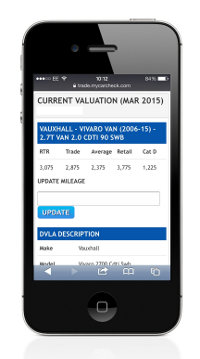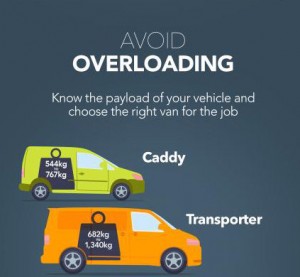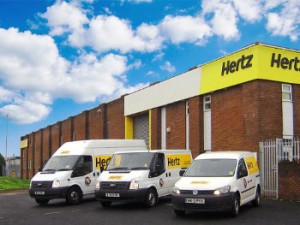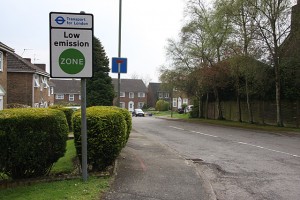
The new Volkswagen Transporter T6
Volkswagen has announced pricing for the latest version of its most popular van, the Transporter T6.
List prices for the sixth-generation van will start from £17,745 +VAT, with Kombi models priced from £19,840 +VAT.
Order books open on 6 July, with the first UK deliveries expected in September.
More choices than ever
VW says that the new Transporter range will contain the broadest range of engines, trims and transmissions ever offered. This includes a choice of Euro 5 and Euro 6 engines, while buyers of 140PS and 180PS models can also choose between a six-speed manual transmission and VW’s seven-speed DSG automatic gearbox.
As I expected, BlueMotion fuel-saving technology, which was previously an option, is now standard across the range. This includes low rolling resistance tyres, regenerative braking and Start/Stop systems.
As with the new Caddy, the Transporter T6 will be available in three trim levels, Startline, Trendline and Highline. Here’s what you’ll get and what it will cost.
Startline
The entry-level Startline range is priced from £17,745 +VAT. The standard specification includes BlueMotion Technology, DAB+ digital radio, 5-inch touchscreen, Bluetooth phone connectivity and USB connection.
Trendline
Next up is Trendline, which starts from £19,755 +VAT and adds new wheel trims, a full-height steel bulkhead (panel van), body-coloured bumpers and rear parking sensors to the Startline’s standard spec. Other standard features include a multi-function display and a new cloth upholstery design.
A Comfort pack consisting of foldable grab handles on A-pillars, additional storage compartments, dimmable cabin lights and additional noise suppression is also fitted as standard.
Highline
Moving on up, the Highline range starts from £21,315. This is aimed at owner-drivers and perhaps the campervan market, and the standard spec includes feel-good features such as a new leather multifunction steering wheel, heated windscreen, automatic driving light control, daytime running lights and 16-inch Clayton alloy wheels (17” Richmond alloys on T32 and/or 180PS engine).
Highline models also come with front fog lights with cornering function and a Thatcham Category 1-approved alarm as standard.
Lengths, heights and weights
As with previous models, the new Transporter will be available in a range of sizes. Three roof height options, four gross vehicle weights (2,600kg – 3,200kg) and short and long wheelbase versions will be available.


 Heading into the summer, a seasonal slowdown is likely in the used van retail market. As a result, dealers are in no rush to top up with stock except to replace sold vehicles or to grab more unusual models.
Heading into the summer, a seasonal slowdown is likely in the used van retail market. As a result, dealers are in no rush to top up with stock except to replace sold vehicles or to grab more unusual models.
 Buckinghamshire tree surgoen Graham Free is an LPG convert.
Buckinghamshire tree surgoen Graham Free is an LPG convert. In an occasional series about the impressive loyalty Mercedes-Benz vans inspire in their operators, I bring you JJX Logistics of Wolverhampton.
In an occasional series about the impressive loyalty Mercedes-Benz vans inspire in their operators, I bring you JJX Logistics of Wolverhampton. Summer has truly arrived, and with it comes a scorching new 10% discount code from Hertz Van Rental.
Summer has truly arrived, and with it comes a scorching new 10% discount code from Hertz Van Rental.

 Figures released by the Freight Transport Association show that 72% of parking ticket appeals in London are successful. In other words, 72% of tickets issued to FTA members are issued incorrectly.
Figures released by the Freight Transport Association show that 72% of parking ticket appeals in London are successful. In other words, 72% of tickets issued to FTA members are issued incorrectly.